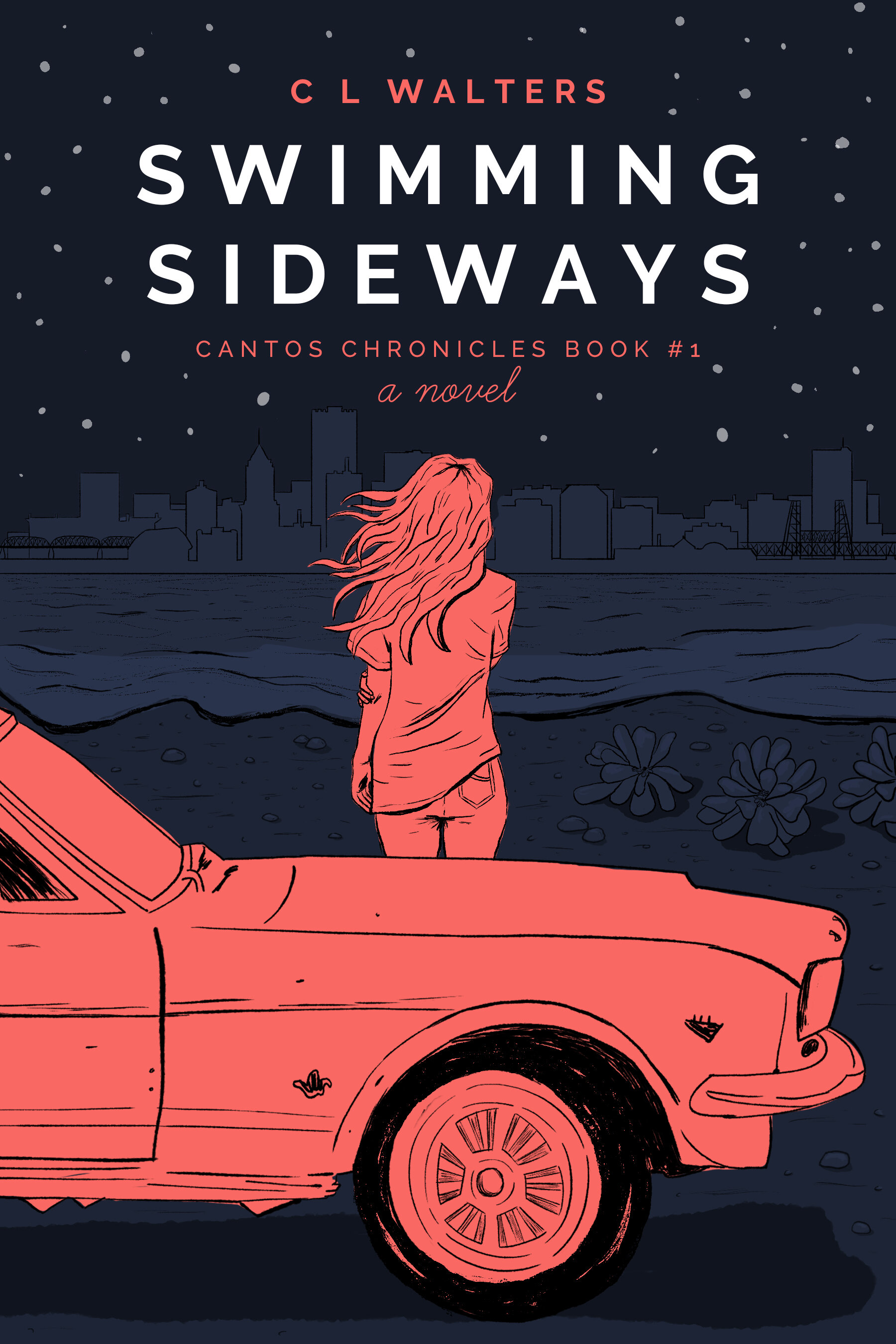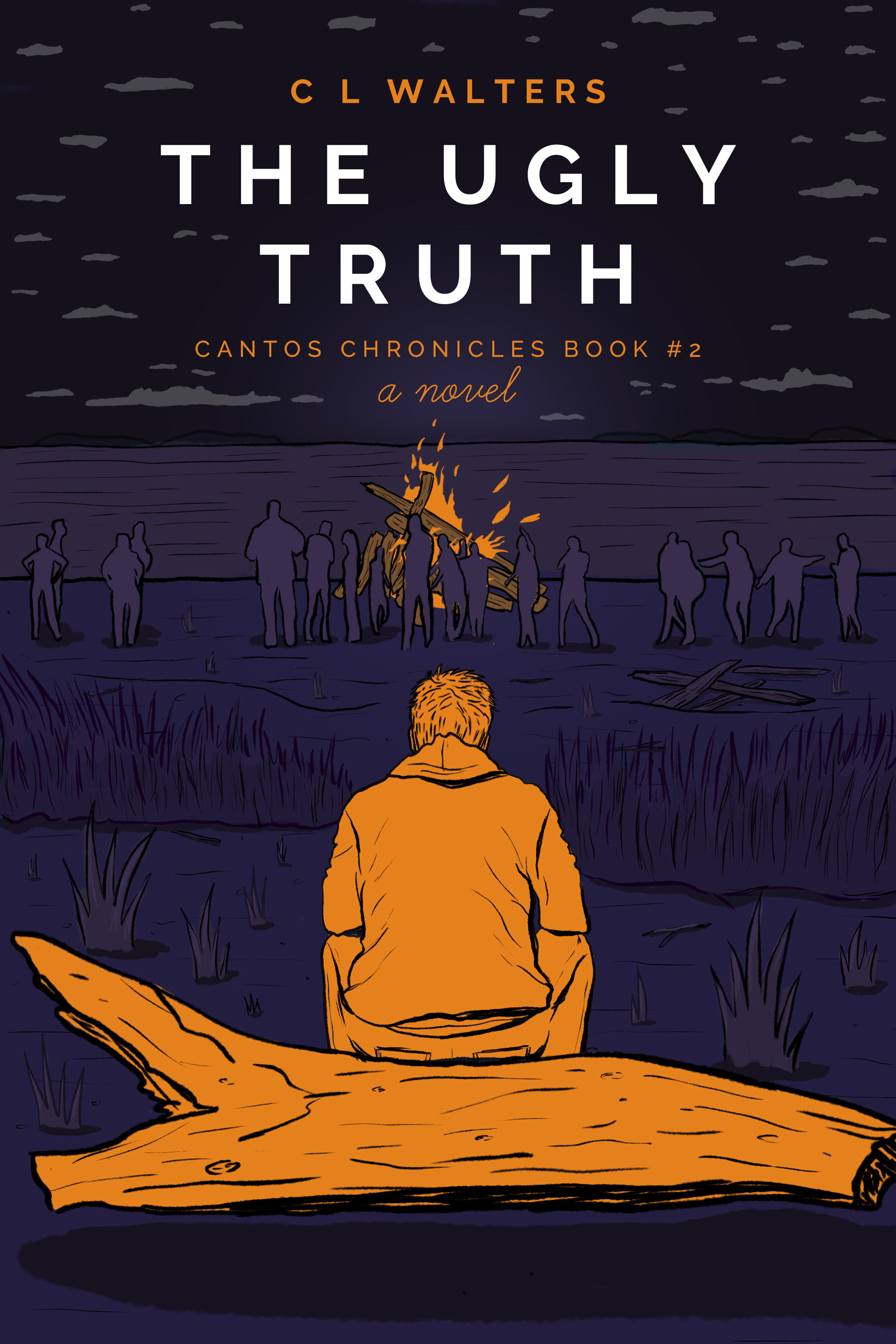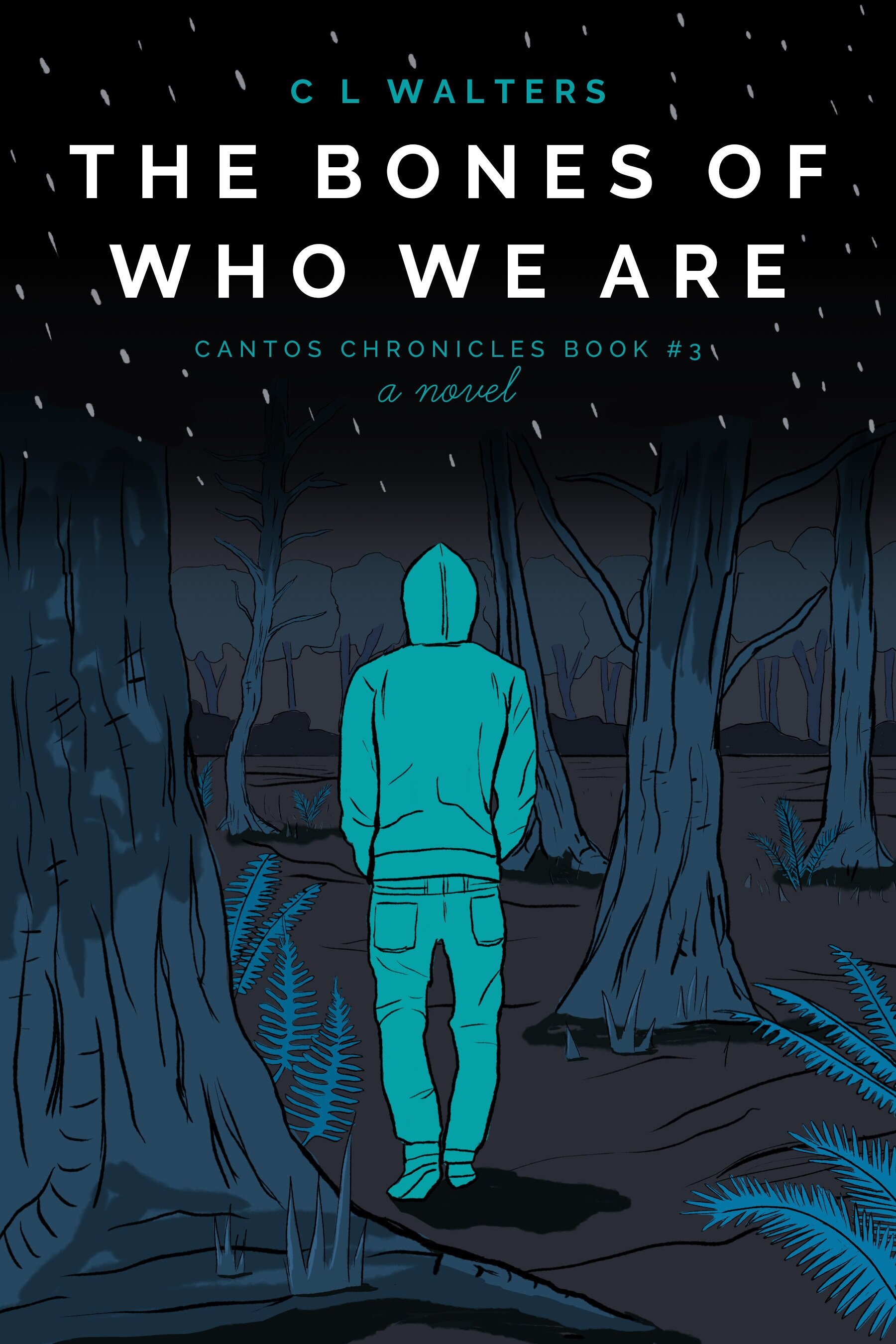Beverly Cleary (of Ramona the Pest greatness) said, “If you don’t see the book you want to read on the shelf, write it.” As an avid reader, I read across genres and categories, and like all authors, probably took a bunch of paths to finally find my place as a writer. Before I get to my answer of the question, I think it’s a good idea to have a common framework so that we’re all speaking the same language.
“If you don’t see the book you want to read on the shelf, write it.”
Genre is defined as the categorization of artistic expression—as in literature—based on common characteristics of form, style and subject-matter; in literature this can be defined further by literary technique, tone and content. There are five primary genres in writing: Fiction, Non-fiction, Drama, Poetry and Media. These main genres are further defined into sub-genre. We’ll hang out in fiction for the sake of time and this blog’s content, but here’s a graphic if you’re interested:
Fiction sub-genres have been defined into these sections: General Fiction, Fantasy, Folklore, Historical, Horror, Mystery, Romance, Science Fiction, Thriller and Western. Each of these sub-genres can be further broken down into specific categories. Take Romance, for instance. Romance has a single category “historical” but historical can also be defined further in Regency, American Western, or Inspirational. The age for which one writes, adult, new adult, young adult, and children are categories of each sub-genre.
Why does it matter? This is how agents decide how to sell the work to a publisher. This is how publishers know how to market and publicize. This is how bookstores know where to shelve the book and this is how readers know how to find you.
Which brings me back to the question. So how did I make it to YA Contemporary? Long story, but here goes...
First, fiction has always been my favorite thing though I also write a lot of poetry. Nonfiction has been written only because I had to do it and I taught writing essays for MANY years. Wrote lots of models—and as this blog attests—I’m not adverse to the joys of rhetoric. But my first sub-genre love affair has to be with romance since I was a sapling on a farm in Oregon. After graduating from Ramona the Pest and then reading my way through the Christopher Pike novels, I discovered the twins: Elizabeth and Jessica Wakefield of Sweet Valley High. This led me to Sunfire Romances which combined my love of history and romance, and then I graduated to romance novels by Lavyrle Spencer and Judith McNaught. Eventually, I picked up suspense novelist Tami Hoag and branched out to Stephen King and Thomas Harris. All the while, I loved romance. I decided that was my genre, because I adored the feeling of escape and falling in love over and over.
When I finished college and settled into my adultish life, I wrote my first historical romance novel. It was terrible (and so embarrassing, now) but of course, I was sure I was going to be the next big thing. Nope. Into the drawer it went. I tried again. This time, romantic suspense. I wrote two novels in this style (one of them is indie published: The Letters She Left Behind) but I wasn’t quite there yet. I began dabbling in varied genres. I wrote a contemporary adult romance as a screenplay that’s a combination Sleepless in Seattle and Serendipity (have you seen those movies?) which felt even closer to what sat right in my bones as a creator, and I can see now I was learning about character and dialogue.
By now, the YA category was beginning to explode, and as an English Literature teacher, I was always looking for books for my students. As a writer, I was working on a historical novel with a teen protagonist that crossed into speculative fiction, and because I loved fantasy, I started a YA fantasy story.
About this same time, I read Twilight by Stephanie Meyers. I enjoyed it, and like the rest of the world, was enamored with the story she created. My students and I sat during breaks and talked about it. They were on fire for a book carrying it around to classes, talking, dreaming, creating! It was everything. When I made it to Eclipse, I was annoyed (I was Team Jacob, my friends. Are you surprised?) and Breaking Dawn just made me so angry. Not disparaging Ms. Meyers (who I am sure dropped her heart and soul into these books). Love them or hate them, I would argue the Twilight Saga is critical in understanding the framework of the Young Adult category as it is today just as the Harry Potter series is to understanding the Middle Grade category and its growth into YA. But this isn’t a post about arguing for or against a specific series, but about why I chose to write YA.
Why was I upset? When I closed the book, I was disheartened by the way the characters had been relegated to props to tie up loose ends rather than fully realized characters (insert Jacob, Renesmee and imprinting here). I thought: If you’re so opinionated about it, why not write your own? And suddenly Beverly Cleary’s quote came to life. I wanted to see a different book on the shelf.
Then I sat down and wrote a copy (LOL). It was the fantasy story called Fallen about a girl named Abby who’d returned to the home of her mother and reconnected with her childhood friend Seth, but there was this mysterious outsider named Gabe who piqued her interest. Classic love triangle trope with a portal fantasy element. Gabe was a fallen angel who’d disobeyed the rules of engagement between angels and demons in the fight for souls over an ancient relic that creates portals between the worlds. Seth and Abby were connected as Earth Guardians of the portals. The first book ended with Seth being dragged into hell so Gabe sacrifices himself to go in after him. It was a mess, but it was mine. I loved it (you can read this first version on Wattpad - but fair warning, it isn’t very good :) Right as I set out to query, the market exploded with angel and demon stories. Fallen by Lauren Kate, Hush Hush by Becca Fitzpatrick, and City of Bones by Cassandra Clare (Yeah. Mine was dead on arrival).
I put them away. And they sat. And you know the rest of the story, right? Seth wouldn’t stop nagging me: “You’ve left me in hell! Get me out!” He wouldn’t shut up and he was the reason I’d written the story in the first place. So I thought, stand alone. Contemporary. And The Ugly Truth was born. And then Abby’s story Swimming Sideways. And then Gabe’s in The Bones of Who We Are. Abby, Seth and Gabe were back, but developed into stories that reflected their original voices and my unique style rather than a copy. I’d stumbled into a category of fiction that just fit: edgy character-driven YA-NA contemporary fiction with romantic elements. You’d find them on the shelf with other YA-NA writers like Brigid Kemmerer, Sarah Dessen, Jeff Zentner, Jennifer Niven, Jandy Nelson, John Green . . . you get the picture.





